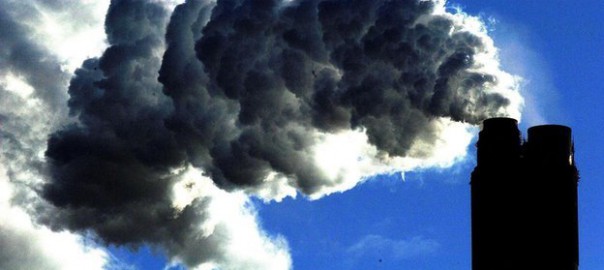Today begins the UNFCCC’s COP20 which, since the failure of the Copenhagen Accord, will build on the Durban Platform which follows the Bali Roadmap and the Warsaw Outcomes to replace the Kyoto Protocol. Overwhelmed? Fair enough. Confused? Don’t be.
The world of international climate politics seems almost indulgently complex. Yet the negotiations that are about to take place in Peru are possibly the biggest thing ever to happen on climate change. So as a citizen of the world, we need you to know about it. In the next five minutes, let’s have a crash course on what it all means. It’s 20 years of complicated history coming up, so bear with me.
It all begins in 1992 when the world came together and realised there was a problem with the climate. The UN came up with its Framework Convention on Climate Change (UNFCCC) which remains the primary body through which climate negotiations take place. The UNFCCC receives advice of the Intergovernmental Panel on Climate Change (IPCC), a collection of the world’s top scientists who periodically compile the latest research on what’s happening with the climate (Disclaimer: the news is bad). The UNFCCC has the ultimate objective of stabilising greenhouse gas emissions at levels that prevent dangerous interference with the climate and that enable sustainable economic growth. This remains their basic aim to this day.
By 1995, it was pretty obvious that the emissions reductions originally proposed by the UNFCCC were not enough to halt climate change. So representatives from the world’s governments started negotiating a new agreement under the UNFCCC. When these representatives meet to talk about the UNFCCC, it is called the ‘Conference of the Parties’, abbreviated to COP. COP1 took place in 1995 in Berlin.
It took three years to sort out, but in 1997, COP3 announced the Kyoto Protocol. The Kyoto Protocol committed industrialised countries to cut emissions by 5% from 1990 levels by the year 2012. The USA and Australia refused to ratify it, most nations that did ratify ignored it, and besides, it was never enough to prevent climate change anyway. But it was a start.
In 2007, COP13 produced the “Bali Roadmap”. This paved the way for a new agreement for after 2012, when Kyoto was set to expire.
At the 2009 COP15 in Copenhagen, the world was hopeful about agreeing upon this new binding treaty. The time seemed ripe. However, at the Conference, infighting between the major powers (China, the US etc.) hindered the negotiations and so we ended up with non-binding ‘promises’ to cut emissions. The Copenhagen Accord decreed that we would hold warming to within 2 degrees Celsius. To do this, global emissions must peak in 2020, yet the individual pledges made under this accord, even if they were all realised, would miss this goal and see warming of 3 degrees Celsius by 2100. As a result, the accord was widely seen as a failure.
The big question since Copenhagen is how can we agree on a climate treaty for the post-2020 period? In Durban in 2011, the COP agreed on the “Durban Platform” which recognised that there was an increasing gap between what countries were promising in terms of action, and what was needed to avoid catastrophic climate change. In response, the Durban platform announced that a new agreement should be in place by 2015.
In 2012 in Doha, the COP extended the Kyoto Protocol until 2020. They also agreed on the “Doha Climate Gateway”, which emphasised the need for an agreement in 2015 to come into action by 2020.
At the last COP, in Warsaw in 2013, the UNFCCC agreed that the 2015 agreement must bind nations together to avoid the climate change ‘danger zone’ and stimulate faster action immediately. These are known as the Warsaw Outcomes.
This leads us to Lima. The savvier amongst you will have realised that it is not yet 2015. COP20 in Lima can be seen as the warm-up act to the main game in Paris next December. But you’ll also note that everything has been leading to this. The failure of Copenhagen in 2009 to produce a binding agreement has scared the climate world. We know we can’t rock up to Paris and hope for the best. That’s what happened in Copenhagen and everything fell apart. What we need out of Lima is agreement on a draft text to negotiate in Paris so that when COP21 starts, we have a reasonable chance of that text being adopted. If global emissions are to peak in 2020, action is needed now.
Source: The Verb
